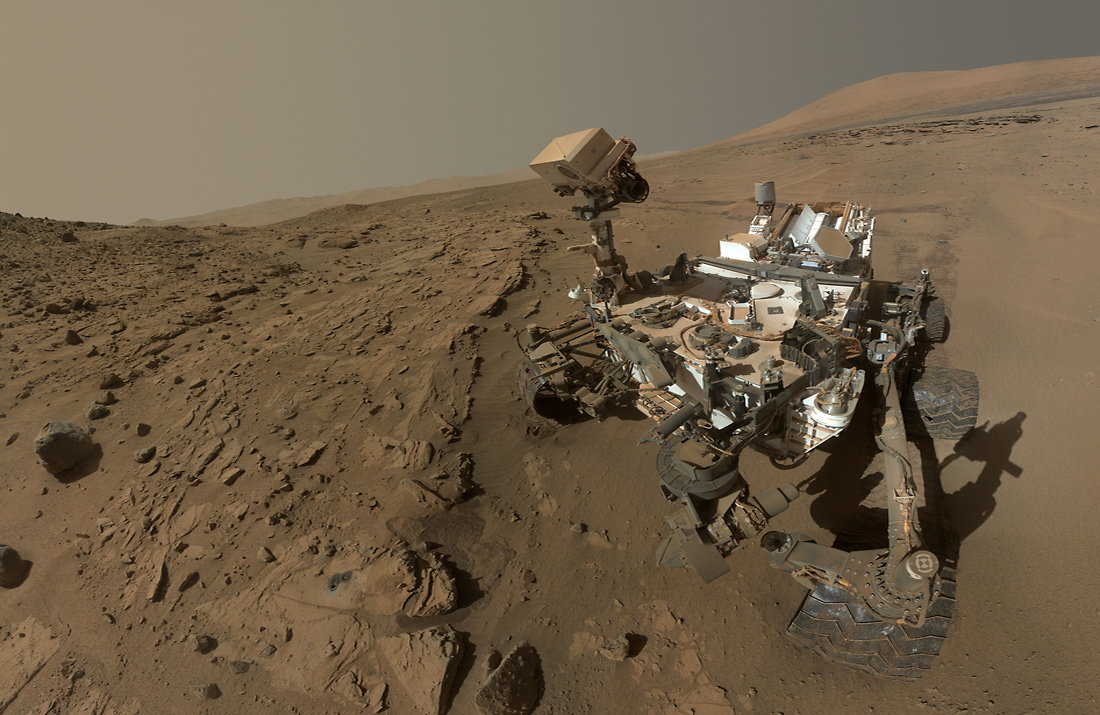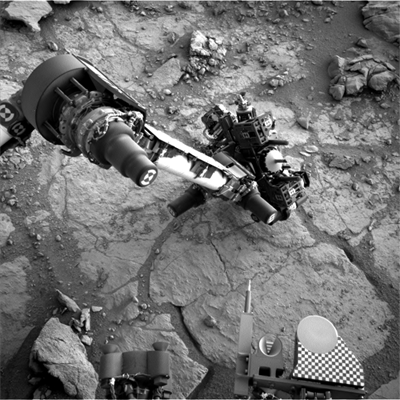
Robohub.org
Curiosity’s Martian anniversary selfie is a sign of the times

Robots, selfies and remote connectedness … It may be a lonely place to celebrate an anniversary, but on June 24th, Curiosity made the universe that much smaller – and robots that much more ubiquitous – by snapping a selfie to mark its one year anniversary on planet Mars. This photo will surely go down in history as a sign of the times.
To help celebrate Curiosity’s achievements, we’ve compiled a brief list of links, articles and videos that show just how far the Mars mission has come.
NASA press release reviews the first Martian year and the advances of MSL’s very succesful mission so far.
You can access all the photos (in RAW format also) from JPL’s dedicated MSL website as well as read NASA’s Curiosity webpage.
We covered Curiosity’s mission since its launch on November 2011 up until now, you can access all our articles here:
Robohub – MSL Curiosity articles
PS. Something a little more fun, in the tumblr blog named Martian Wiggles you can find a compilation of animated gifs made from the raw images provided by JPL like the following showing images from Left Navcam, during Sol 283:

If you liked this article, you may also be interested in:
- Space Robotics coverage on Robohub
- Robot selfies, and the road to self-recognition
- Space mining: Robots in the final frontier
- Robots Podcast: Space business
See all the latest robotics news on Robohub, or sign up for our weekly newsletter.
tags: Curiosity rover, Mars rover, NASA, robot, Space




